After over one hundred entries and fierce deliberation, the latest Herman Miller Liveable Office Award winners have now been crowned, with the winning designers setting new benchmarks in workplace design
This year, Herman Miller Asia received 147 submissions from all over the Asia Pacific for the Liveable Office Award. The 2017-18 awards demonstrated the most diverse range of projects yet, as well as an even higher standard of design and innovation. This year’s awards were held at Herman Miller’s Tokyo Living Office showroom, which was designed by Flooat, Inc., the 2016 winner of the Commercial Business and People’s Choice awards.
For the 2017-2018 awards, Herman Miller Asia worked closely with a highly respected judging panel to narrow the list down to just five finalists per category.
Herman Miller Asia also launched a new awards category at the 2017-2018 awards: the Co-working and Collaborative Space. The new category recognises the number of regional co-working spaces that are taking a strategic approach to workspace design, while also acknowledging that co-working spaces are redefining office design for the industry.
Other categories were Commercial Business – Workspace Design, Best in Tech, and the People’s Choice award. Those shortlisted were narrowed down to several runners-up and one winner per category.
And the winners are…
Daimler Greater China Beijing headquarters, Mi2 Interior, Design & Project Co., Ltd., China
With Maddocks, by Bates Smart, Australia coming in second as runner-up and MetLife Japan headquarters, GARDE Co., Ltd. Japan and GE Digital Bangalore, RC Architecture, India coming in as joint second runners-up.
Architectus Melbourne Studio, Architectus, Australia
With The Work Project, HASSELL, Singapore taking the runners-up spot, and Sun Life Financial headquarters, Goudie Associates, Philippines going home with a second runner-up award.
DSP Design Associates, India
Microsoft Corporation, Mumbai, DSP Design Associates, India
–
“The most interesting innovation I saw at this year’s Liveable Office Award was that organisations are changing, they’re getting new employees coming in, who want new working environments, and interior design is helping to make this change possible,” said Professor Cees de Bont, the Dean of School and Swire Chair Professor of Design of the School of Design at Hong Kong’s Polytechnic University.
“I’m seeing this happening in India, Japan and other places. Designers being the agents of change is something wonderful, and it’s being done really professionally. That stood out really clearly for me at this year’s award.”











For full information about the winning projects, head over to Herman Miller’s official website for the scoop.
INDESIGN is on instagram
Follow @indesignlive
A searchable and comprehensive guide for specifying leading products and their suppliers
Keep up to date with the latest and greatest from our industry BFF's!
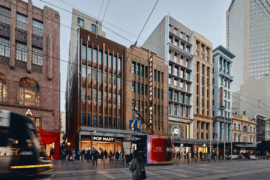
Merging two hotel identities in one landmark development, Hotel Indigo and Holiday Inn Little Collins capture the spirit of Melbourne through Buchan’s narrative-driven design – elevated by GROHE’s signature craftsmanship.

For a closer look behind the creative process, watch this video interview with Sebastian Nash, where he explores the making of King Living’s textile range – from fibre choices to design intent.
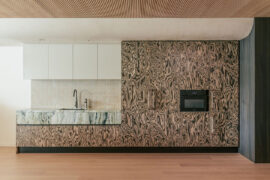
Trust sits at the core of Everton Buildings’ new office, where Ambit Curator was given licence to move beyond convention and deliver a workplace defined by vision, materiality and assured detail.
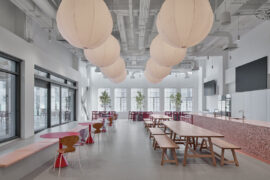
The new headquarters for Omnicom in Melbourne’s CBD sees heritage re-invigorated with style and finesse.
The internet never sleeps! Here's the stuff you might have missed
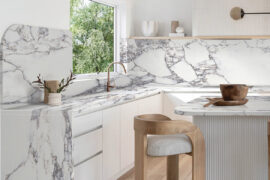
In creating interior spaces that enhance the wellbeing and experience of people, true responsible sourcing also considers the impact of materials and making.

Trust sits at the core of Everton Buildings’ new office, where Ambit Curator was given licence to move beyond convention and deliver a workplace defined by vision, materiality and assured detail.

For those who appreciate form as much as function, Gaggenau’s latest induction innovation delivers sculpted precision and effortless flexibility, disappearing seamlessly into the surface when not in use.
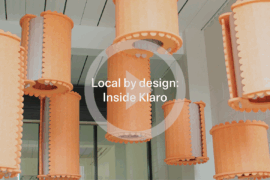
In an industry where design intent is often diluted by value management and procurement pressures, Klaro Industrial Design positions manufacturing as a creative ally – allowing commercial interior designers to deliver unique pieces aligned to the project’s original vision.